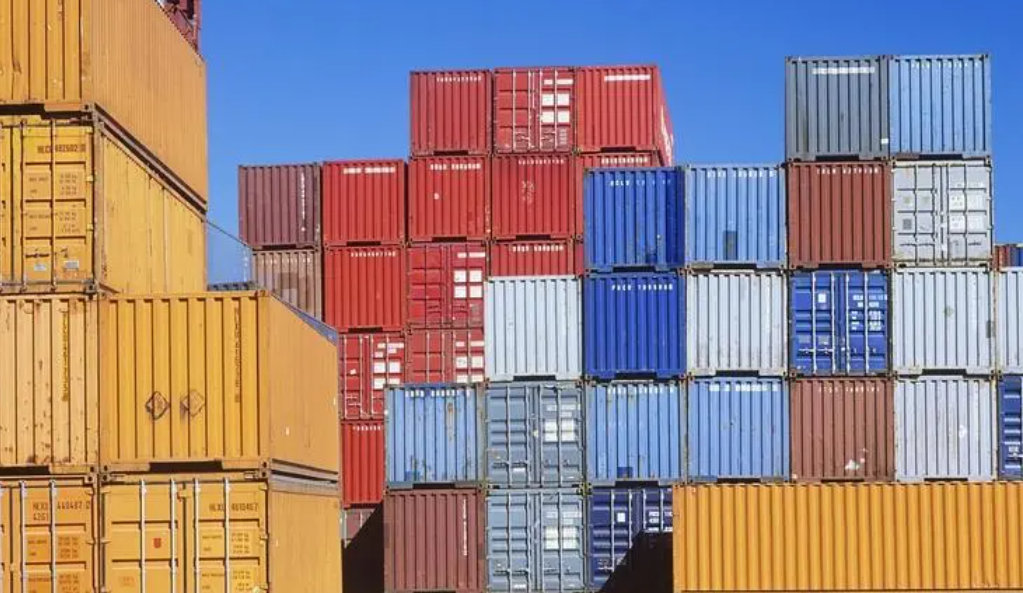
On january 9th 2022, 109 container ships sat off the coast of California waiting for their turn to unload at the ports of Los Angeles and Long Beach. One year later there are almost none. The easing of port traffic and the opening of other supply-chain bottlenecks have led to a collapse in freight rates from the all-time highs reached during the pandemic. The cost of shipping a 40-foot container from China to America's west coast is now $1 ,400, down 93% from its peak of $20,600 in September 2021, according to Freightos, an online freight marketplace. It is roughly equal to its value in February 2020, before the pandemic struck. Costs along other major shipping routes are in retreat, too. That ought to be a relief for consumers. The Federal Reserve Bank of New York estimates that 40% of inflation between 2019 and 2021 was caused by supply shocks.

Supply chains have returned to normal thanks in part to a shift in consumer spending. Confined to their homes during the pandemic, people in the rich world splurged on televisions, furniture and appliances. But as covid cases started to fall, consumers began spending less on goods and more on services, such as dining out, travel and entertainment. This shift has been especially pronounced in America. Spending on goods in America is down by 4.3%, in real terms, since March 2021, whereas spending on services is up by 8.6%. This has slowed port activity. The ports of Los Angeles and Long Beach together handled 566, 522 loaded inbound containers in November 2022, down by 26% from the previous year.

Some logistics firms, which scrambled to hire staff during the pandemic, are now cutting back. C.H. Robinson, a big American freight broker, laid off 650 employees in November. Kuehne + Nagel and DSV A/S, two big freight forwarders, are also aiming to reduce their headcounts. America's warehousing and storage sector, which added more than half a million jobs since the start of the pandemic, has reduced staff by 65 ,900 since June.This bodes well for inflation. But a new report suggests that a recent surge in covid-19 infections in China could disrupt supply chains again. A global supply-chain- pressures index designed by economists at the Federal Reserve Bank of New York suggests that pressure eased during the first three quarters of 2022. The decline in the index stalled in the final three months of the year. Economists at the Fed attribute this to China's lifing of“zero-covid" restrictions, which led to a rise in infections and“worsening supply conditions".